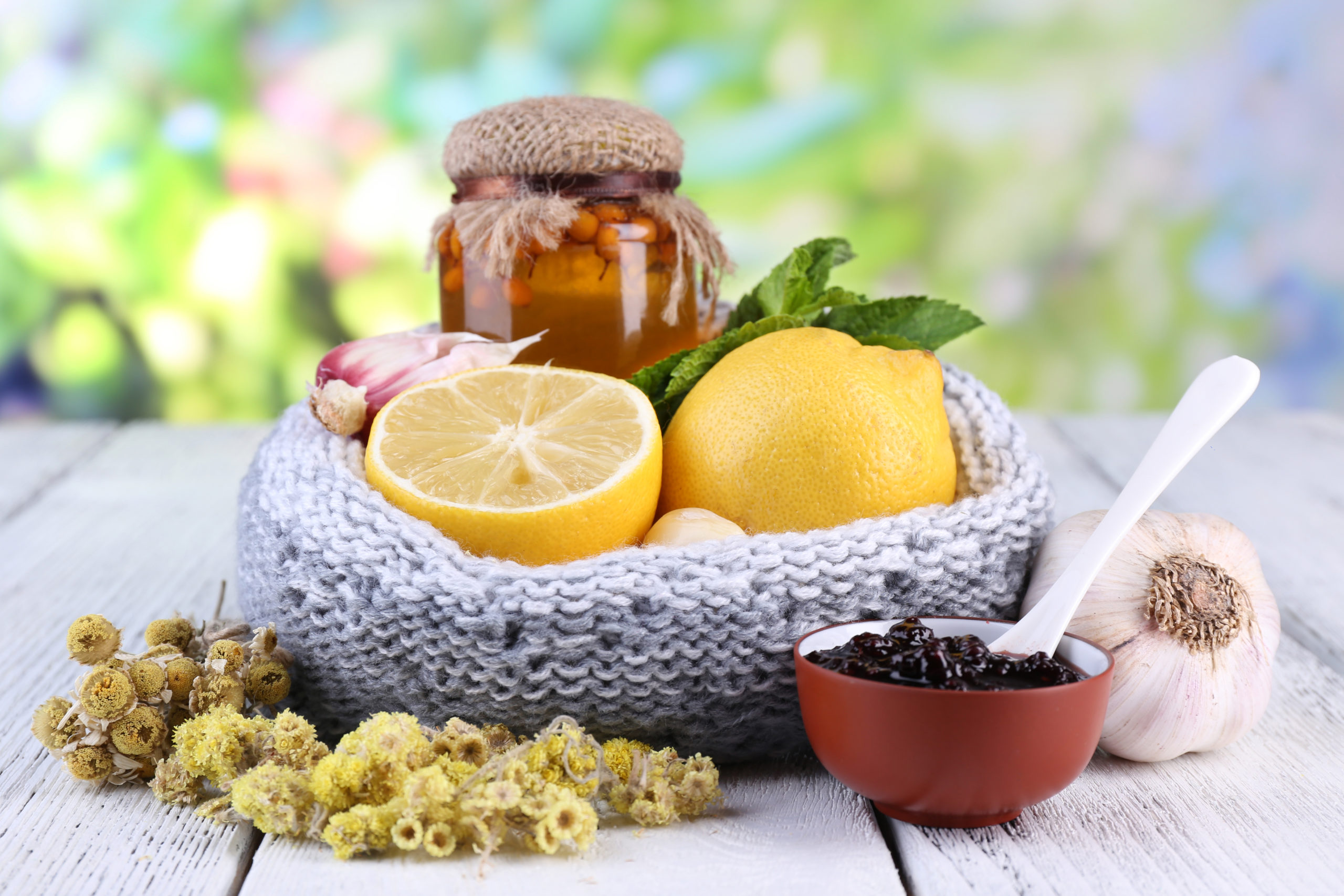Natural remedies are a type of alternative medicine that is often used to treat a wide range of health conditions. They involve the use of natural substances and techniques, such as herbs, essential oils, massage therapy, acupuncture, and dietary changes, to help alleviate symptoms or promote healing.
Herbal supplements are a common type of natural remedy that many people use to help with various health conditions. These supplements are often derived from plants and can come in many forms, such as teas, tinctures, or capsules. Some popular herbal supplements include echinacea for immune support, ginger for nausea, and St. John’s wort for depression.
Essential oils are another type of natural remedy that are used for a variety of purposes, such as relaxation, pain relief, or mood enhancement. Essential oils are concentrated extracts from plants that are used for aromatherapy or topical application. Some popular essential oils include lavender for relaxation, peppermint for headaches, and tea tree oil for skin conditions.
Acupuncture is a technique that involves the insertion of thin needles into specific points of the body to stimulate energy flow and promote healing. It is commonly used to treat pain, anxiety, and other health conditions.
Massage therapy involves the manipulation of muscles and soft tissues to help relieve tension, reduce pain, and improve circulation. It can be particularly helpful for people with chronic pain or muscle stiffness.
Exercise is another natural remedy that can help improve overall health and reduce symptoms of many health conditions, including joint pain, depression, and anxiety. Low-impact exercises such as walking, yoga, and swimming can be particularly helpful for people with joint pain or other mobility issues.
Dietary changes can also be a natural remedy for certain health conditions. For example, some people find that reducing their intake of inflammatory foods such as sugar and processed foods can help reduce symptoms of arthritis or other inflammatory conditions.
Here is a more detailed explanation of each of these natural remedies for joint pain:
- Turmeric: Turmeric is a spice that’s commonly used in Indian and Middle Eastern cuisine, and it contains a powerful anti-inflammatory compound called curcumin. Studies have shown that curcumin can help reduce joint pain and stiffness in people with osteoarthritis and rheumatoid arthritis. You could start by adding turmeric to your meals. For example, you could sprinkle turmeric on roasted vegetables or add it to a curry dish. You could also take a turmeric supplement, but be sure to talk to your doctor first to determine the right dosage for you.
- Ginger: Ginger is another natural anti-inflammatory that may help reduce joint pain. Studies have shown that ginger can help relieve pain and stiffness in people with osteoarthritis and rheumatoid arthritis. You could try drinking ginger tea or adding fresh ginger to your meals. For example, you could grate fresh ginger into a stir-fry or add it to a smoothie. You could also take a ginger supplement, but again, talk to your doctor first.
- Omega-3 Fatty Acids: Omega-3 fatty acids are essential nutrients that are found in fish oil, flaxseed, chia seeds, and other sources. These fatty acids have been shown to reduce inflammation in the body, which can help relieve joint pain. You could add more fatty fish to your diet, such as salmon, mackerel, and tuna. You could also take a fish oil supplement.
- Epsom Salt: Epsom salt is a natural source of magnesium, which can help reduce inflammation and relax muscles. You could take a warm bath with Epsom salt to help relax your muscles and reduce inflammation in your knee.
- Massage: Massage can help reduce joint pain and stiffness by improving circulation and promoting relaxation. You could use a massage ball or foam roller to apply pressure to your knee and surrounding muscles. You could also see a licensed massage therapist for a professional massage.
- Exercise: Low-impact exercises such as swimming, yoga, and walking can help strengthen muscles and reduce joint pain. Exercise can also help improve flexibility and range of motion in your joints. Be sure to talk to your doctor before starting any new exercise program to determine the best exercises for your specific condition.
- Heat and Cold Therapy: Applying heat or cold to your joints can help reduce pain and inflammation. You can use a heating pad or warm towel on your joints for 10-15 minutes at a time to help relieve joint pain. Cold therapy, such as a cold pack or ice pack, can also help reduce inflammation and relieve joint pain.
Many people turn to natural remedies for a variety of reasons, such as a desire to avoid prescription medications or to reduce potential side effects. However, it’s important to note that not all natural remedies are safe or effective, and some may interact with certain medications or health conditions. Therefore, it’s always a good idea to talk to a healthcare provider before starting any new natural remedy or treatment.



